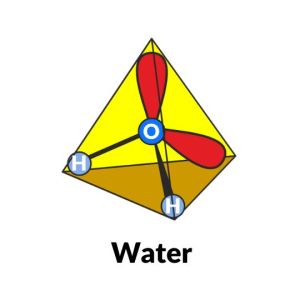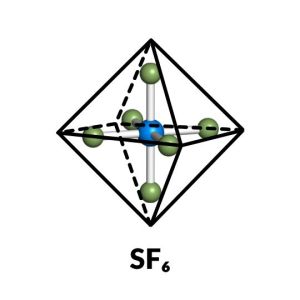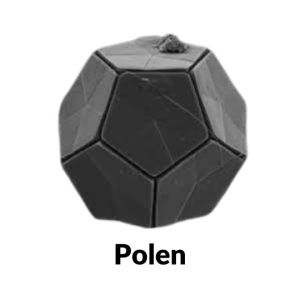
Introduction to Geometry
We all studied geometry in school—it may not have been the most enjoyable experience, but it remains a fundamental branch of mathematics.
Most of this knowledge is based on the Ancient Greeks, who viewed the world through the four aspect of number (Quadrivium): pure number (arithmetic), numbers in space (geometry), numbers in time (music), and numbers in space-time (astronomy). This evolved into the diverse scientific fields we know today.
Did you notice that
You Exist Within Space?
Every object—your chair, your hands, the sky—exists in space. Even what we call ‘solid’ matter is 99.99999% space.
In school, we learned to measure objects—their distances, angles, areas, and volumes. That’s where the name geometry comes from:
Geo (Earth) + Metri (Measurement) = Measuring the Earth.
But geometry is not the objects. Geometry is the space they exist in.

The Invisible Structure of Reality
If most of reality is space, and geometry describes that space, then it is not something we see, but something we recognize through its effects.
Like an invisible glass filled with water—we see the water’s form, but not the glass itself. Yet, because the water takes shape, we know the glass must exist.
A code Beyond matter
The same is true for mathematics, the language of science. Science can only measure what is observable, but mathematics extends beyond that—it allows us to describe the invisible structures that shape reality.
This carries a profound philosophical aspect, which was first explored by the Pythagoreans of Ancient Greece, who saw numbers not just as quantities, but as living truths—the hidden code underlying everything in existence.
When we talk about geometry, we are going beyond matter—into the unseen framework that holds everything together.
This is metaphysics—literally meaning
“beyond matter.”
The Illusion of Reality
Plato's Allegory cave
Imagine living in a dark cave, seeing only shadows on a wall. To you, this is reality. One day, you are set free—you turn and see the fire, the true source of the shadows. Stepping outside, you are blinded by a world far greater than you imagined.
Plato used this allegory to describe the philosopher’s journey—the struggle to break free from false perception and step into true knowledge.
What if our own perception is just like
shadows on the wall?
The Limits of Perception
The 5 senses
We experience reality through five senses—touch, sight, hearing, smell, and taste. These are our only 5 channels for receiving information about the world. And each of those are limited to
What we believe to be reality is not the world itself, but a transmission of signals from these senses to the brain, which itself sits in complete darkness inside the skull. It never directly touches, sees, or hears anything—it only interprets electrical signals, weaving them together into a singular experience of reality.
And what do we perceive through the 5 senses?

The 5 Elements
If we focus on our five senses and explore our world, how do we perceive it? We can touch things, and they are either liquid or solid. We breathe air, which is gaseous. These are the three primary states of matter. Then there is fire, which transforms and burns, and electricity, the force of electromagnetism that gives us shocks. This brings us to five fundamental states of perception, a concept recognized by many cultures throughout history as the 5 Elements.
Interestingly, nature also follows this pattern—there are five basic tastes in our mouth and five bioecological cycles (water, carbon, nitrogen, sulfur, and phosphorus) that sustain all life.
Why only 5?

Five perfect forms
As the Ancient Greeks sought to unlock the hidden order of nature, they explored three-dimensional space and made a remarkable discovery:
There are only five perfectly symmetrical 3D shapes made of flat faces that can exist. These became known as the Platonic Solids, named after Plato—a first attempt to define the fundamental structure of reality, long before modern science and the periodic table.
Where do they emerge from?
Hidden in The Flower of Life
We experience the world through five senses. We interact with five states of matter—solid (Earth), liquid (Water), gas (Air), fire, and electricity (Aether).And we live in three-dimensional space—where only five perfectly symmetrical shapes can exist.
This is not a coincidence.
Interestingly, these shapes are encoded in the Flower of Life, an ancient symbol that reveals the hidden blueprint of existence — the core of Sacred Geometry.
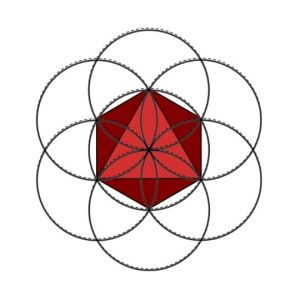
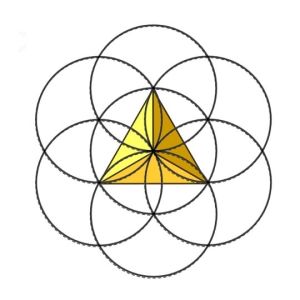
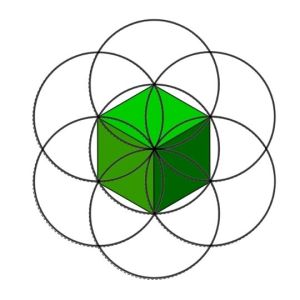
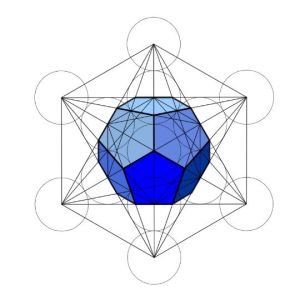
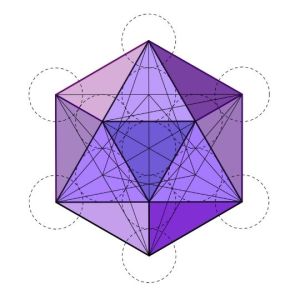
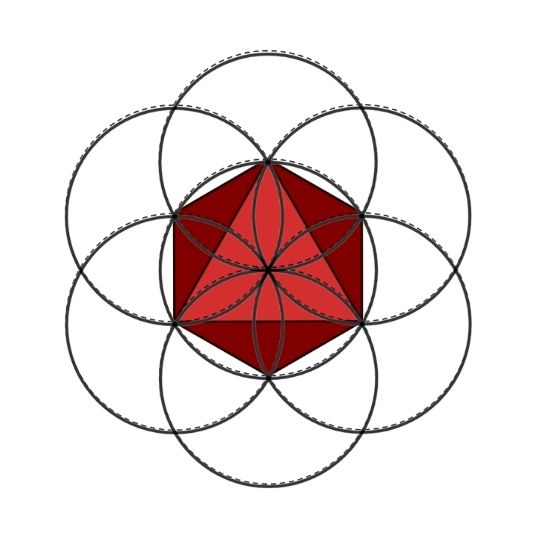
Octahedron
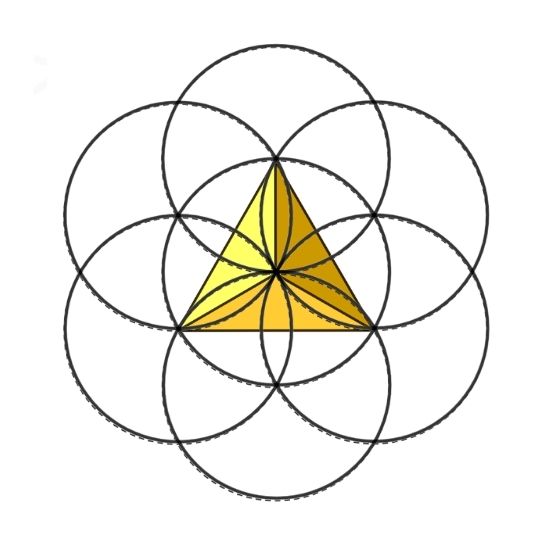
Tetrahedron
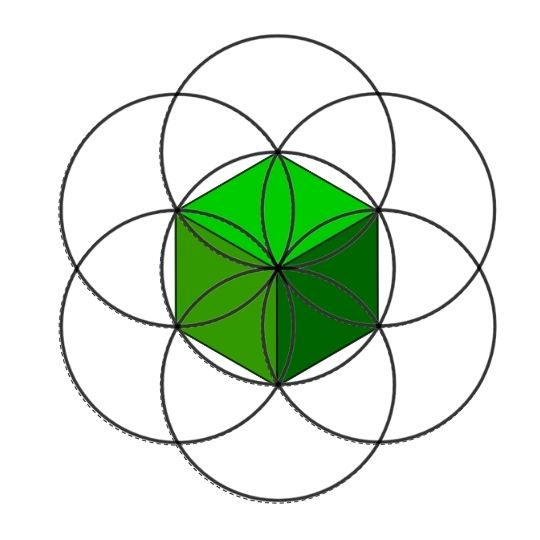
Cube
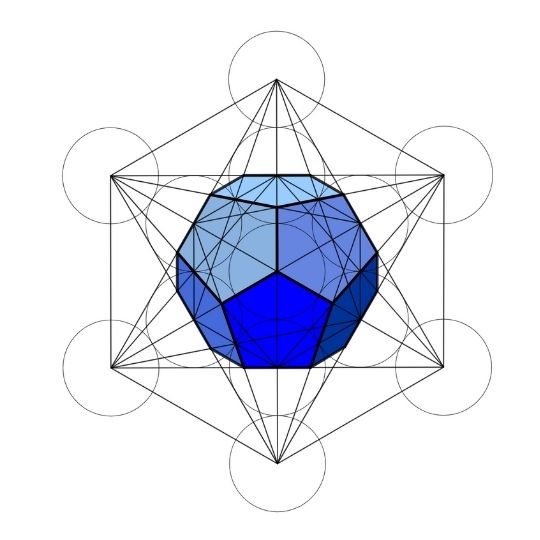
Dodecahedron
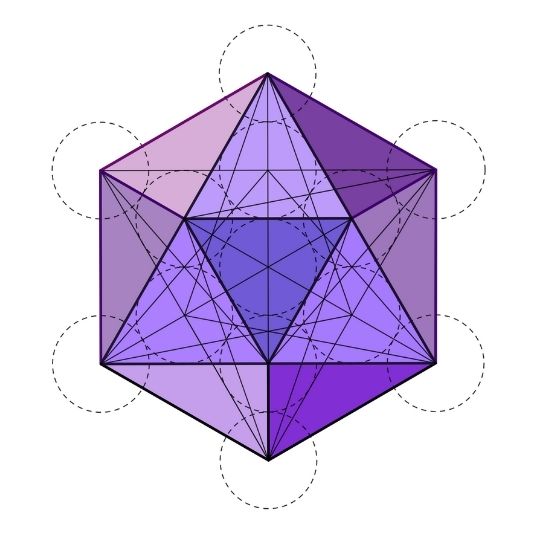
Icosahedron
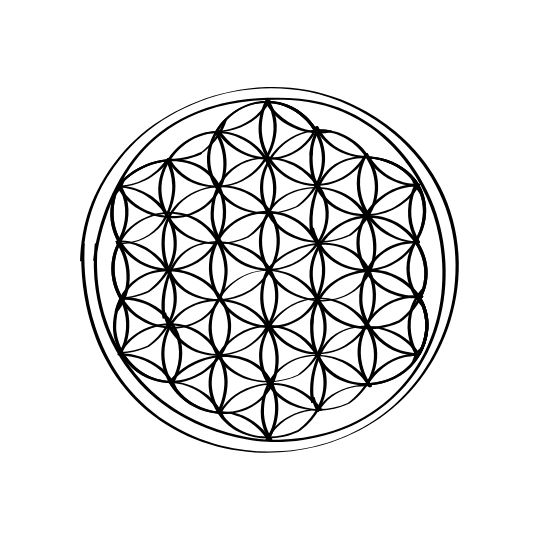
Hidden in The Flower of Life
We experience the world through five senses. We interact with five states of matter—solid (Earth), liquid (Water), gas (Air), fire, and electricity (Aether).And we live in three-dimensional space—where only five perfectly symmetrical shapes can exist.
This is not a coincidence.
Interestingly, these shapes are encoded in the Flower of Life, an ancient symbol that reveals the hidden blueprint of existence — the core of Sacred Geometry.






Octahedron

Tetrahedron

Cube

Dodecahedron

Icosahedron
From Geometry to Nature
The five Platonic Solids are not just abstract forms—they appear in the structure of nature itself. Crystal lattices are often cubic and octahedral, while the water molecule is tetrahedral. Icosahedral symmetry is found in viruses, and dodecahedral structures appear in pollen grains.
And once we recognize this code, we begin to see it everywhere…
Practical Exercise
Over the next 24 hours,
Find the patterns in nature > take a picture
Where do you see patterns? In nature, in buildings, in movement, in your own life? Capture what stands out—snap a photo and share it with us!
Tag us on Instagram, Facebook, or Twitter (@in2infinity)
What's coming up in Key#2?
0D: The Still Point
In the next step of this journey, we go back to the very beginning—before space even comes into existence. And how does it relate directly to your experience?
This is where the true understanding of 4D awareness begins.
Stay tuned—Key #2 will be in your inbox in a couple of days.

